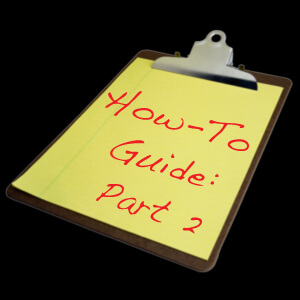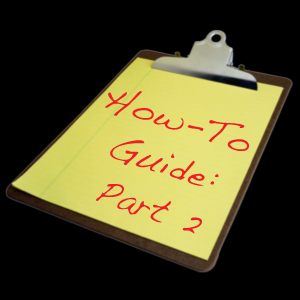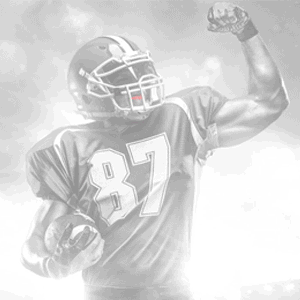Concussion Prevention: Your 6-Step Guide To Protecting Your Players (Part 2)

 Now that we’ve covered the basics of concussion prevention — getting the right equipment and making sure it fits correctly, proper hitting and contact techniques — it’s time to learn a little more about the effects of concussions and how to keep your players safe from further injury.
Now that we’ve covered the basics of concussion prevention — getting the right equipment and making sure it fits correctly, proper hitting and contact techniques — it’s time to learn a little more about the effects of concussions and how to keep your players safe from further injury.
If you didn’t read Part 1 of our Concussion Prevention Guide, click here for steps 1-3.
4. Know the signs of a concussion
Concussion education is the best way to get in front of the issue, and the first thing to know is how to tell if one of your players has sustained a concussion.
The most common concussion symptoms are headache, amnesia and confusion; but often, those symptoms are accompanied by a temporary loss of consciousness, dizziness or “seeing stars,” ringing in the ears, nausea, slurred speech and/or fatigue. But not all warning signs may be immediate.
Some concussion symptoms may be delayed by hours, while others may not be felt until days after the initial injury. Delayed signs of a concussion include issues with concentration or memory, irritability or personality changes, sensitivity to light and sound, even temporary loss of smell or taste. It’s these delayed effects that make concussions so dangerous, and why it’s so important to fully recover from a concussion before returning to action.
Speaking of which…
5. Recovery time is mandatory
How many professional athletes have seen their careers cut short due to lingering concussion symptoms? The list seems endless — from Eric Lindros and Pat LaFontaine to Steve Young and Troy Aikman. Jahvid Best was a promising running back who had to walk away while he still could. Even Sidney Crosby’s great career took a short detour due to concussions.
Post concussion syndrome is one of the most dangerous injuries for an athlete because — as mentioned above — symptoms aren’t immediately evident. That means players may feel, and even appear to be fine enough to return to action. But the effects of post concussion syndrome may be felt throughout life; especially without proper recovery time.
Studies show that roughly 80% of high school and college student-athletes recover from a concussion in about three weeks. The younger an athlete is, though, the more lasting the cognitive consequences, as teens are more vulnerable than adults to lingering effects of a concussion on short-term memory, according to a brain-wave study last year of 96 male soccer, rugby and football players at the University of Montreal.
Make sure your athletes are 100% before returning to full speed or even returning to the classroom.
6. Baseline testing is key
So now that you know the signs, symptoms and effects of concussions, how do you know for sure when a concussed player is ready to return?
If it’s available to you, baseline testing is the best tool to help detect a concussion and determine when an athlete is prepared to play again. The test measures an athlete’s memory, attention and concentration, problem solving abilities and processing speed down to the millisecond, in order to determine the level of functioning prior to any brain injury. If an athlete then sustains a head injury, they’re re-evaluated within a few days after the injury and receive subsequent follow-up testing as necessary.
From the NCAA to the NFL, NBA, NHL, MLB, MLS, NASCAR and more, annual baseline testing is the standard for monitoring brain injuries and a clear sign that even professional athletes recognize the importance of proper recovery.
Protect your athletes with a comfortable, high-performance Gladiator Custom Mouthguard, the industry-leader in custom mouthguards.






